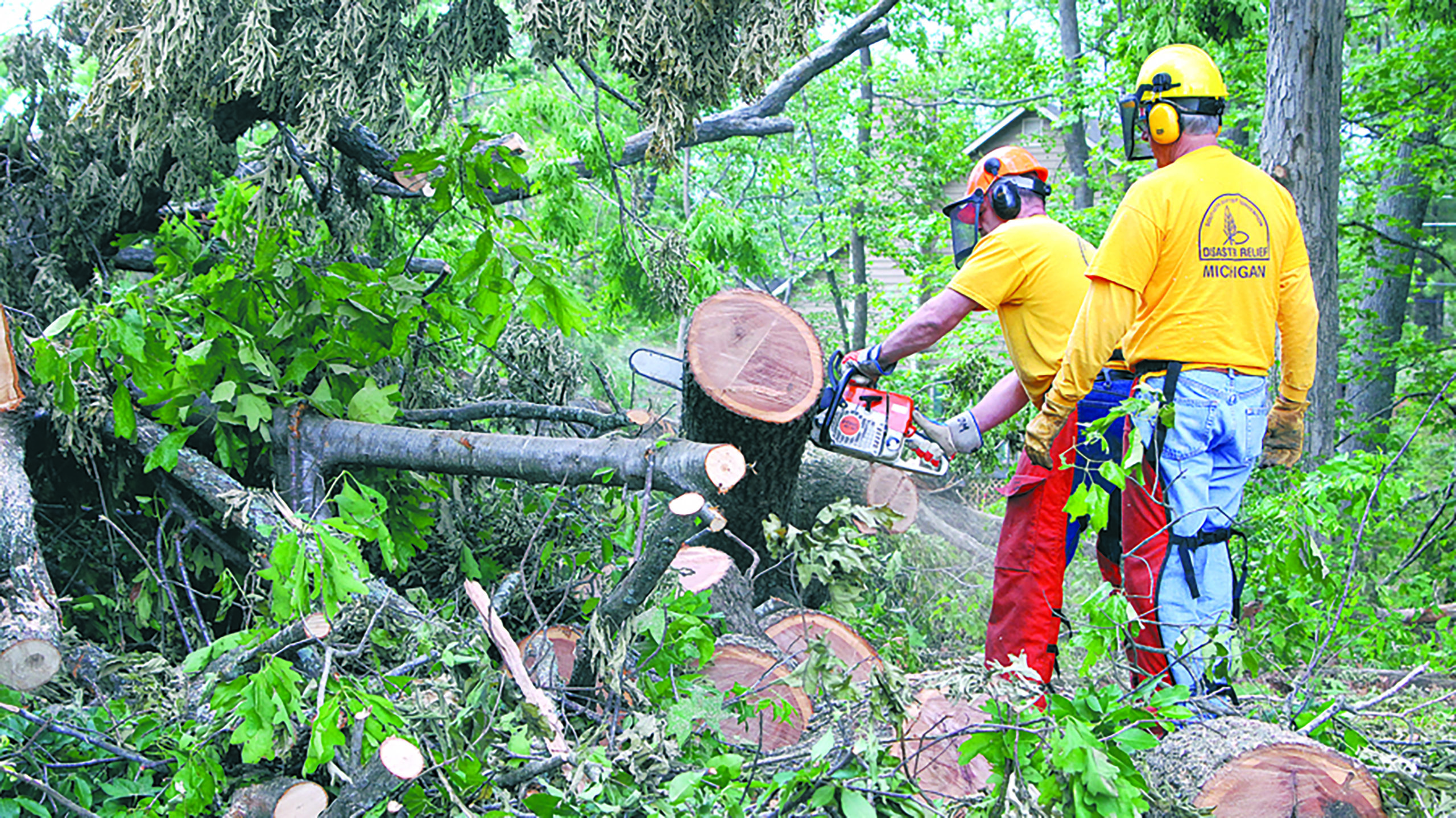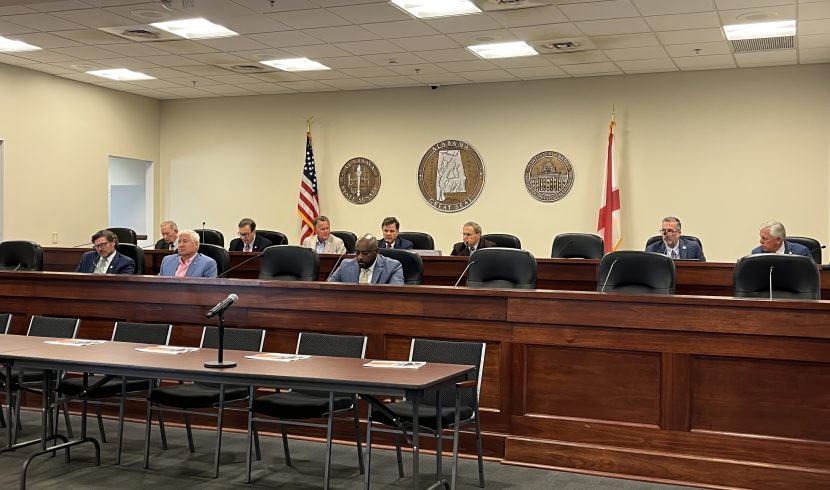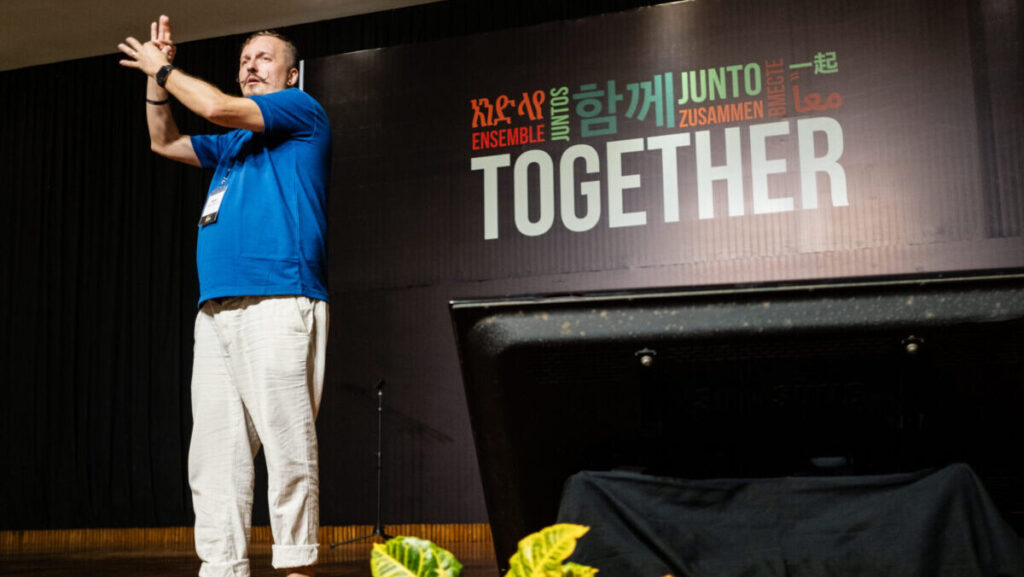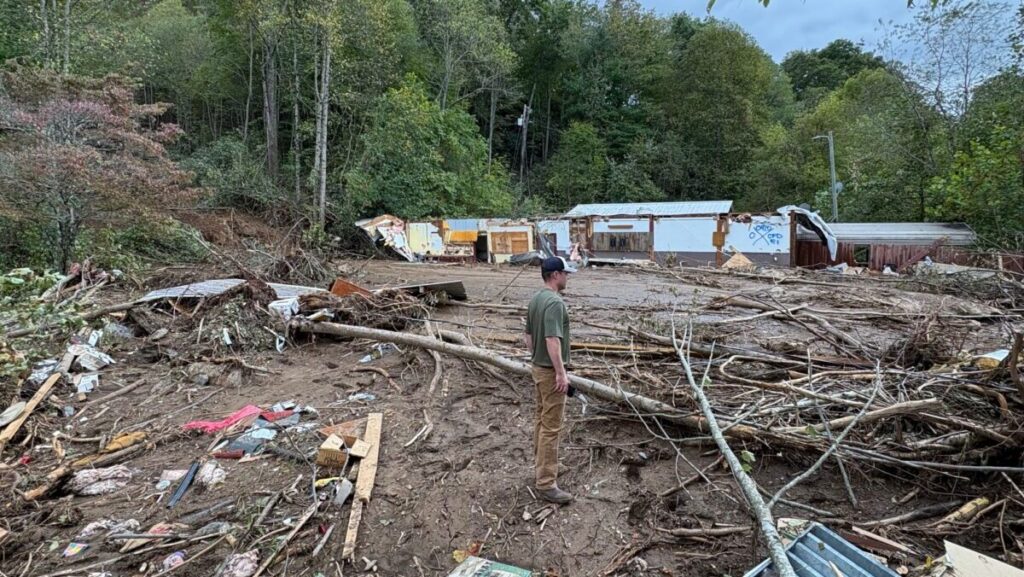Mel Johnson says he can still see the scars from April 27, 2011, on the landscape when he drives up I-22 in northwest Alabama. Those will be there for years. So will the tough memories and lingering grief many have from that day.
But one thing Johnson says those deadly storms didn’t touch is “the mission of reaching our world.”
He saw that mission advance a lot in the aftermath of that historic tornado outbreak.
Within 72 hours, volunteers from Alabama and 11 other states had rallied to help with disaster relief efforts across the state. That included all kinds of help from chainsaw and cleanup to child care and chaplaincy.
Johnson estimates there were more than 11,000 volunteers “with boots on the ground — that’s a staggering number,” said Johnson, who served as disaster relief strategist for Alabama Baptists in 2011.
Those volunteers poured into the lives of people who were picking up the pieces across the 42 counties declared federal disaster areas.
Chainsaw crews completed nearly 1,500 jobs, and feeding crews served more than 256,000 meals. Disaster relief units also provided more than 5,000 showers and washed more than 1,700 loads of laundry in the month following the tornadoes.
Chaplains walked door to door and visited schools to talk with hurting people in the community. They did trauma intervention, helping people cope with the loss and trauma of the tornadoes and offering encouragement and grief mitigation. Almost 6,000 clients were served, and 53 professions of faith were reported.
Baptist churches of all sizes also became shelters and collection sites for necessary items to help people affected by the storms. Fellowship halls and lobbies looked like supply warehouses as donations poured in, and volunteers organized items and delivered them to individuals and areas in need.
Churches also started feeding ministries in areas where there wasn’t a disaster relief feeding team, offering meals to storm victims, disaster relief volunteers and first responders. Some of these ministries continued into the summer.
Baptist associations across the state settled in for long-term ministry. Birmingham Metro Baptist Association rallied leaders from churches and organizations in their area to form a program called Restoring Hope that could link churches with people in need. The churches of Calhoun Baptist Association also came together and pulled off major community relief efforts in their hard-hit area. They repaired and even rebuilt a number of houses.
Rebuilding homes
Sand Mountain Baptist Association’s long-term recovery committee also coordinated people and funds to rebuild a number of homes in affected areas near them.
And many more Baptist associations — including Tuscaloosa, Friendship, Sipsey, Pickens, Coosa River, North Jefferson, Franklin, Montgomery, Madison and Choctaw — collected and used resources and volunteers to help their neighbors recover.
The state’s Baptist colleges joined the storm relief work, too. Samford University housed about 500 workers from the American Red Cross who came to the area to help with disaster relief. The university held a benefit concert for tornado relief, and Cumberland School of Law offered space to law students from the University of Alabama. Various other student groups helped people affected by the storm all over the state.
Students from the University of Mobile went to north Alabama to assist with relief efforts, and the student government sent a donation to the state’s disaster relief fund. Judson students also participated in cleanup efforts and collected bottled water and nonperishable food items.
Overall, the response after the storms was “really tremendous,” Johnson said. “It gives us a vivid picture of the heartbeat of who Southern Baptists are and our commitment to the cooperative spirit of Southern Baptist efforts.”
He said there’s “obviously concern” over the ever-looming potential for another series of devastating and deadly storms to roll through the state, but after 2011, Alabama Baptists are more prepared to “respond rather than react.”
Fantastic training
“Our training is excellent, and Mark Wakefield (current state disaster relief strategist) has done a fantastic job of supporting and training volunteers,” he said.
Johnson, who passed the baton to Wakefield in 2016, now serves as lead mission strategist for Autauga Baptist Association, but he hasn’t stopped supporting state disaster relief work. He serves as disaster relief coordinator for district 12, which includes Autauga and Chilton Baptist associations.
“It’s not a matter of ‘if’ but ‘when’ the next big disaster will take place,” Johnson said. “I will always be involved and help train and work and coordinate and serve.”






Share with others: